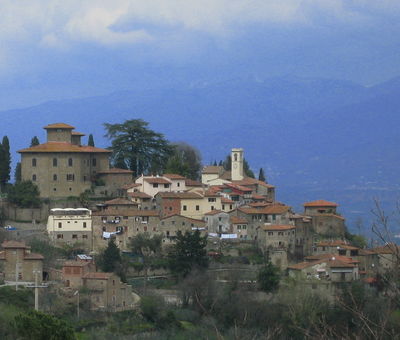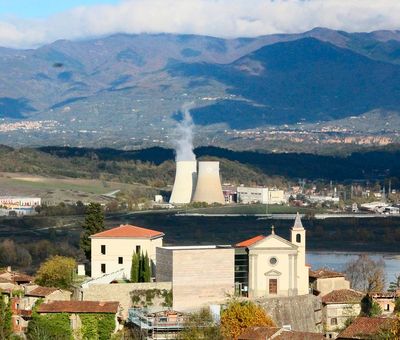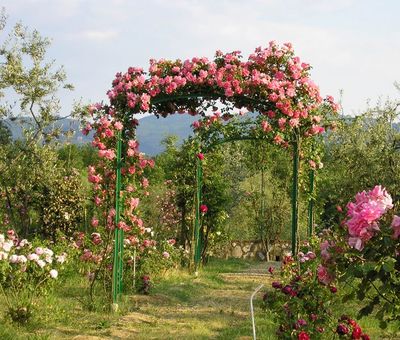The great archeologist chose it as a retreat
Victor Von Hagen was perhaps one of the 20th century’s greatest explorers. Born in Missouri to a Prussian family, he began his explorations in the 1930s, dedicating particular attention to Latin America, where he searched for traces of the Aztec and Mayan civilizations. But when he decided to retreat into a quiet life, he headed to the hills around Cavriglia. He chose the village of Montegonzi, in the Valdarno, at the gates of the Chianti. This is where he spend the final years of his life.
It’s no coincidence that this area has also known its fair share of excavations and research, during which scholars were able to date the town’s origins to late Antiquity, while the fortress in the village, whose name is probably Lombard, was located along the road linking the Chianti and the Valdarno, a sort of precursor to today’s Strada Regionale 408.
Three million years ago, a magnolia forest
The history of Cavriglia is indelibly tied to mining lignite. The industry began in 1860, transforming the territory but also allowing for rapid and important development. It took millions of years for the carbonized trunks, branches, leaves and fruits to transform into lignite. Mining it and using it as coal for the nearby power plant was what employed thousands of people for 150 years. When the mining industry was no longer needed, the landscape was completely transformed, leading to the abandonment of one of the villages, Castelnuovo dei Sabbioni, which was rebuilt nearby. But Cavriglia didn’t let this shift destroy it. On the contrary, they’re quite proud of their history. In the summer of 2012, the Museum of Mining and the Territory (MINE) was inaugurated in the abandoned village, where three factories were renovated. The old church is now and auditorium and exhibition space, the rectory is a museum and the adjacent house was transformed into a series of educational rooms for students and researchers.
Red, white and yellow roses. Are 8,000 enough?
He was one of Cavriglia’s famous citizens, and when it was discovered that professor Gianfranco Fineschi counted the pope among his patients, no one was surprised. The famous orthopedist and Pope John Paul II forged a friendship following Fineschi’s operations on the pontiff to repair the damage he suffered in the 1981 assassination attempt, earning him world-wide recognition. For a brief time, the news overshadowed the other reason the professor was well-known: he had a passion for roses, and in 1967, he founded one of the largest botanical gardens in the world. Over 8,000 rose varieties, big and small, fragrant and rampant.
The plants come from all over the world: there are wild roses that have survived the change in habitat, the so-called “species,” that is, archaic roses, and hybrids, which are modern and contemporary roses designed through variations. The oldest “species” is 40 million years old, but there are also “younger” roses, like the hybrids made in the mid-1800s.







